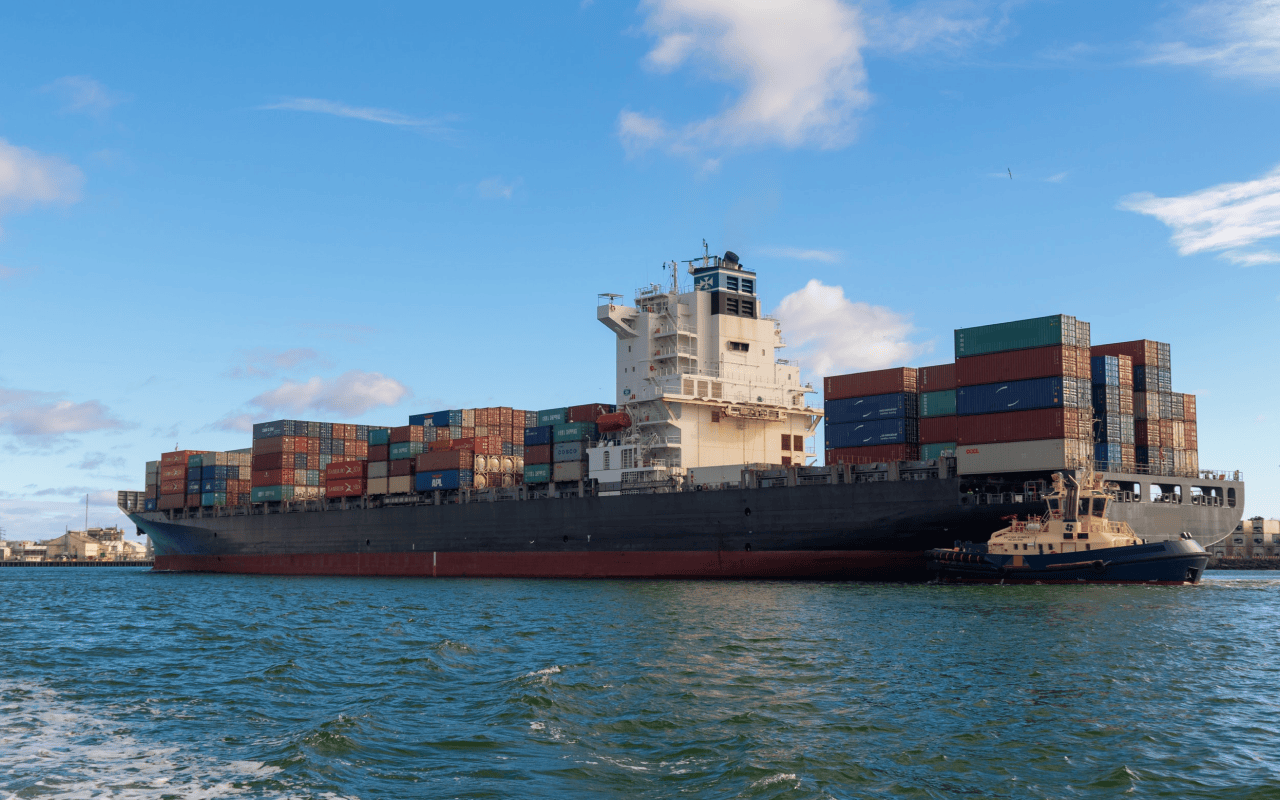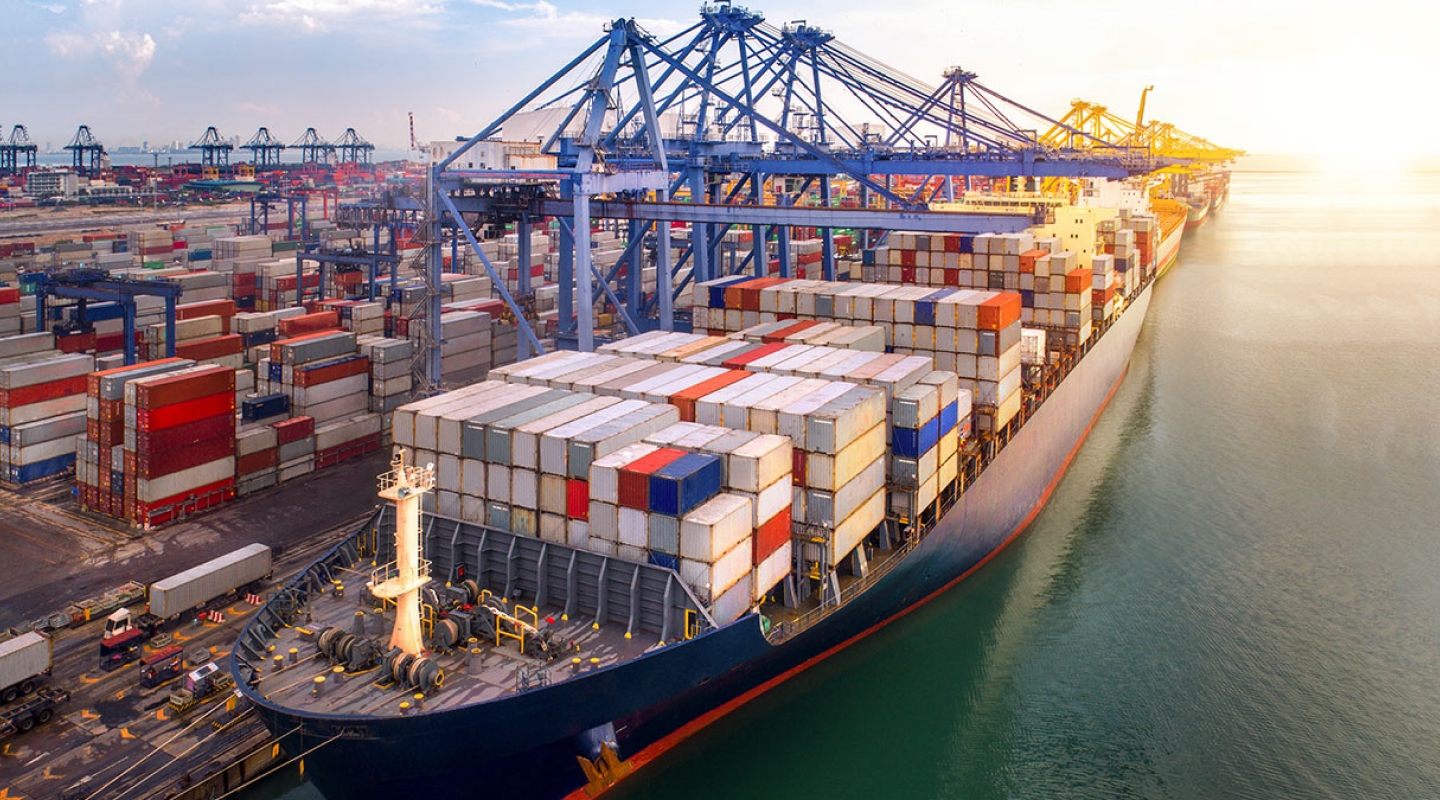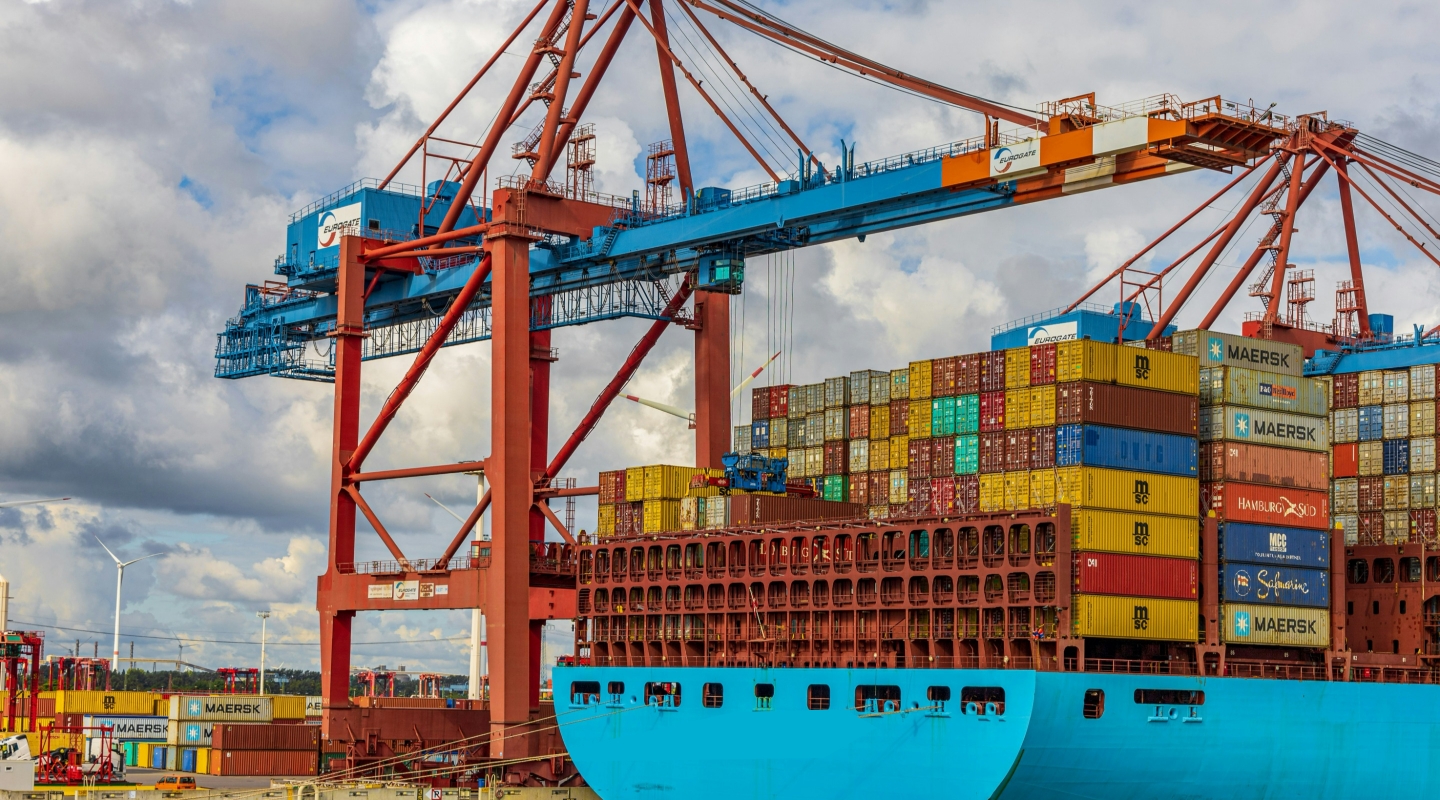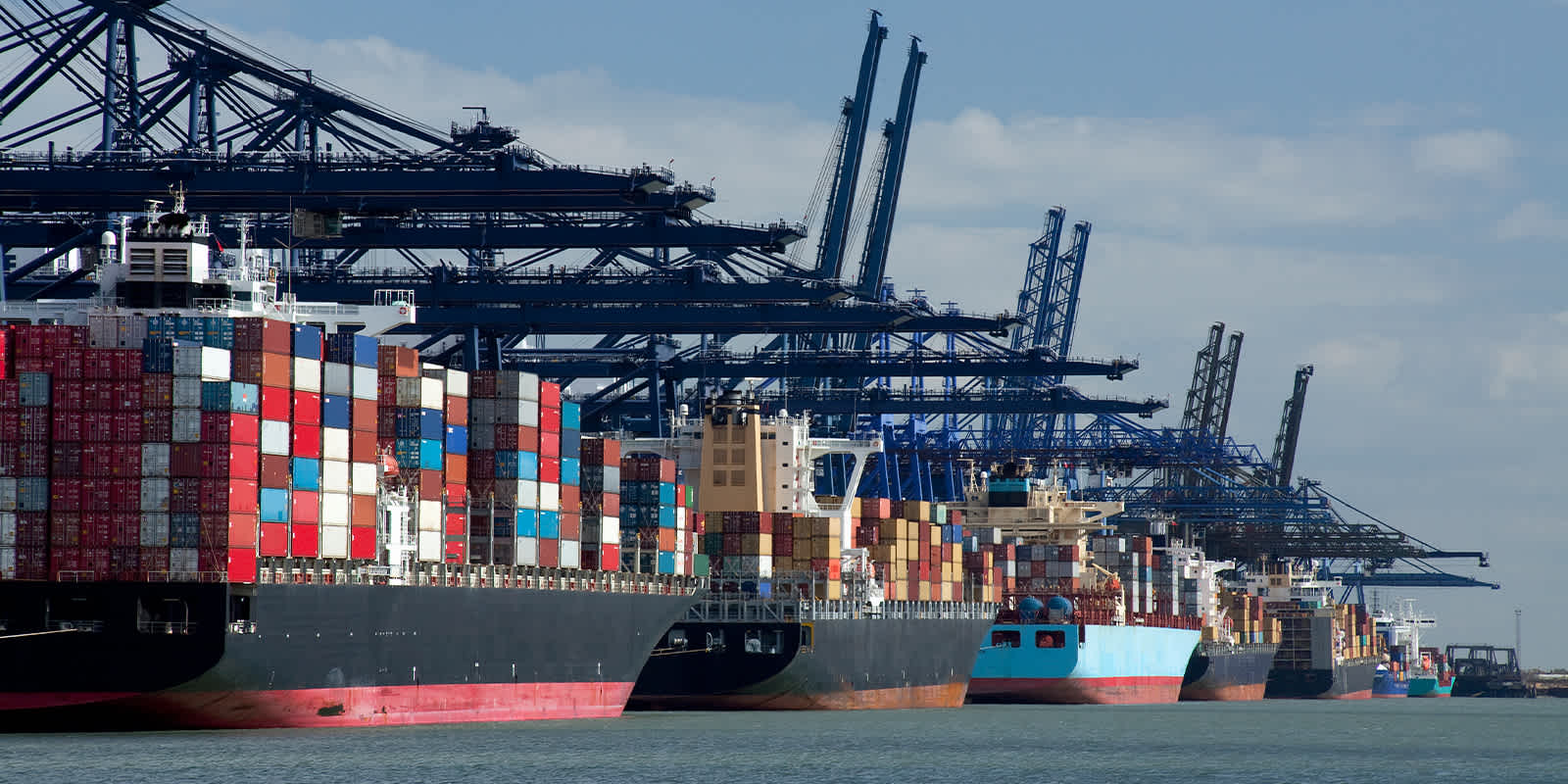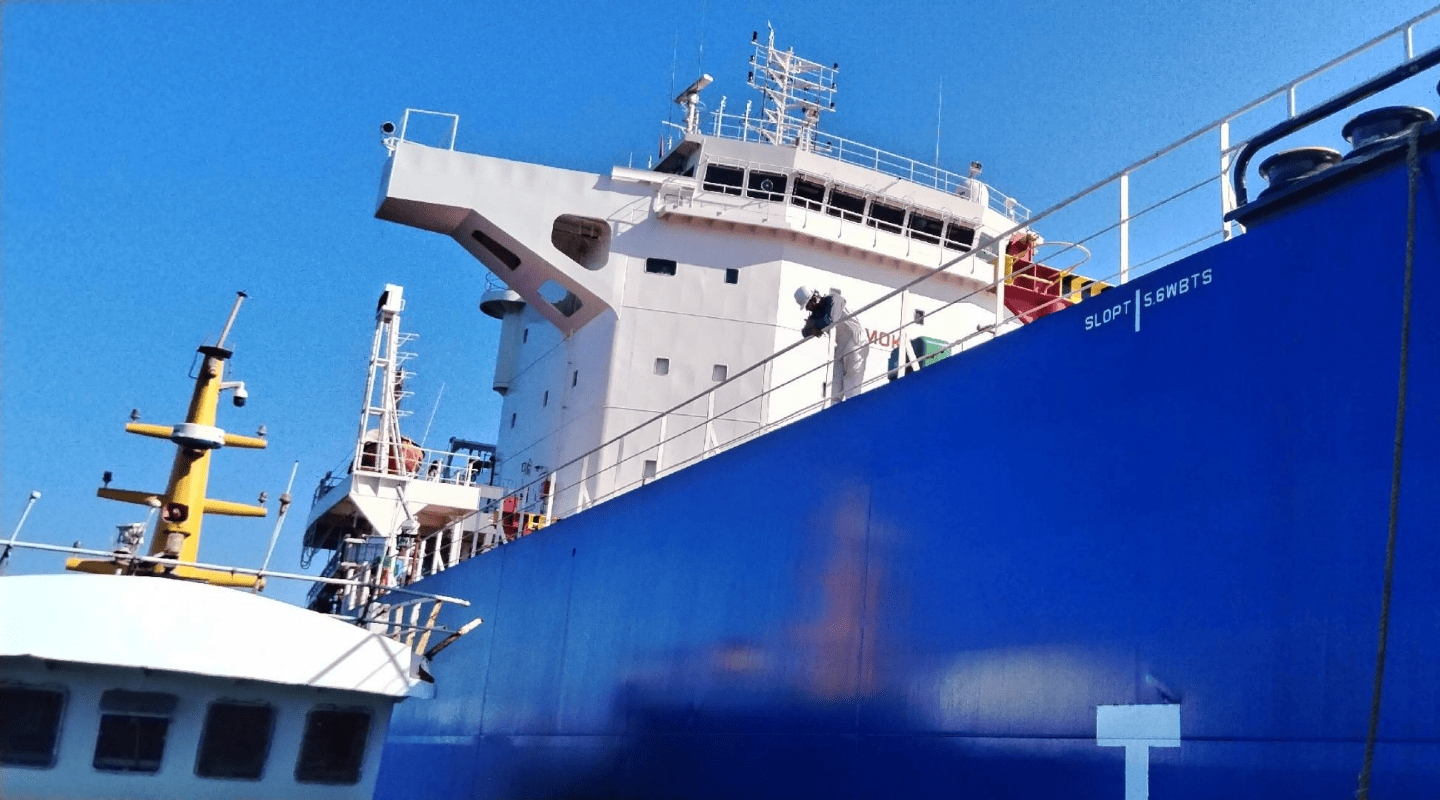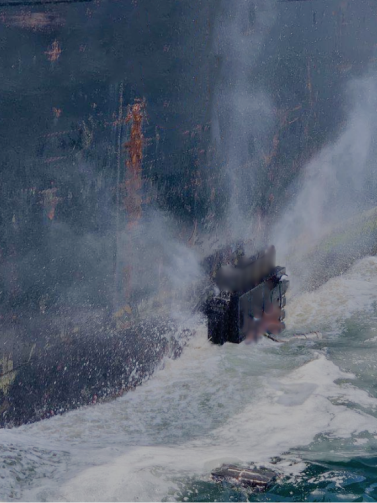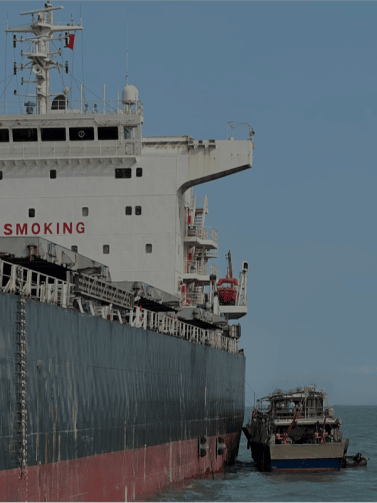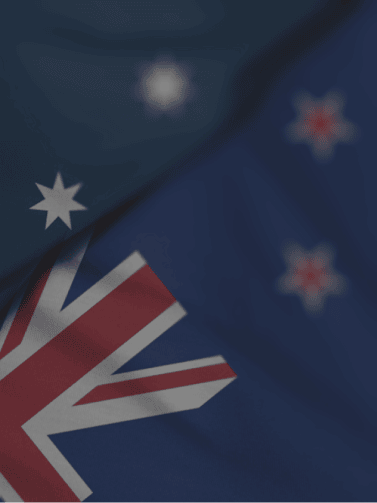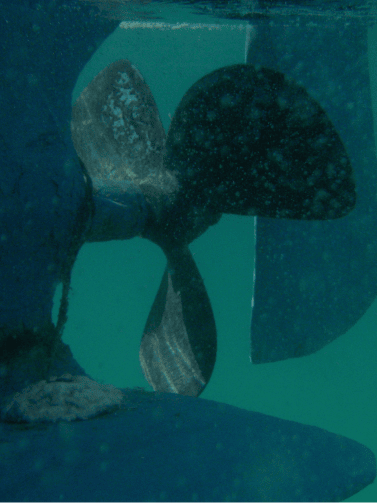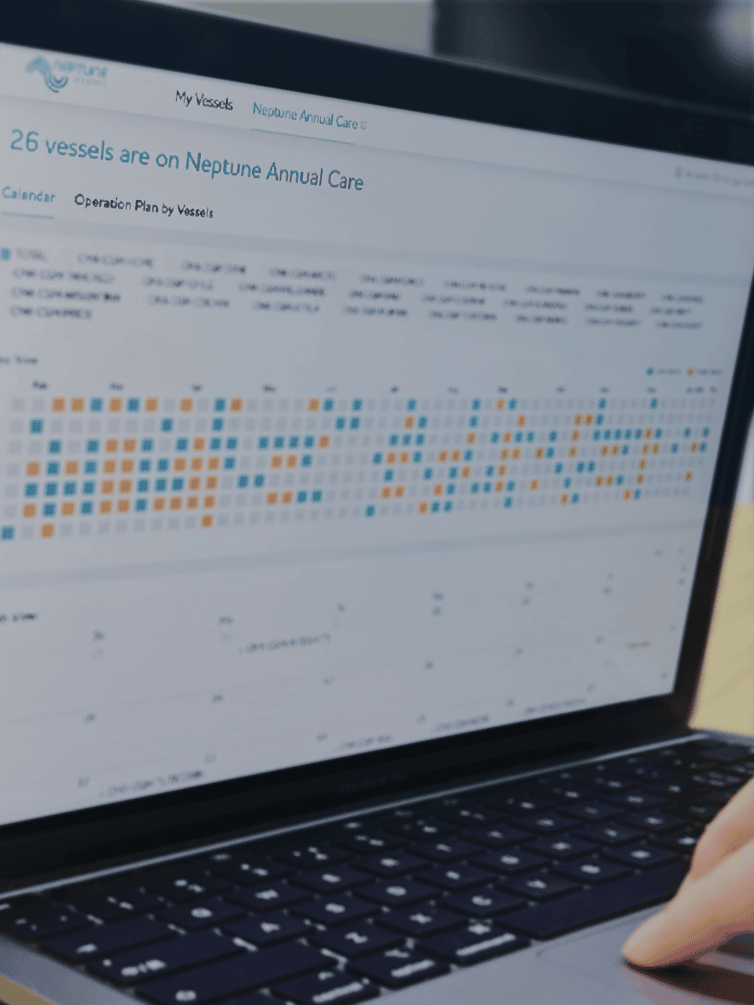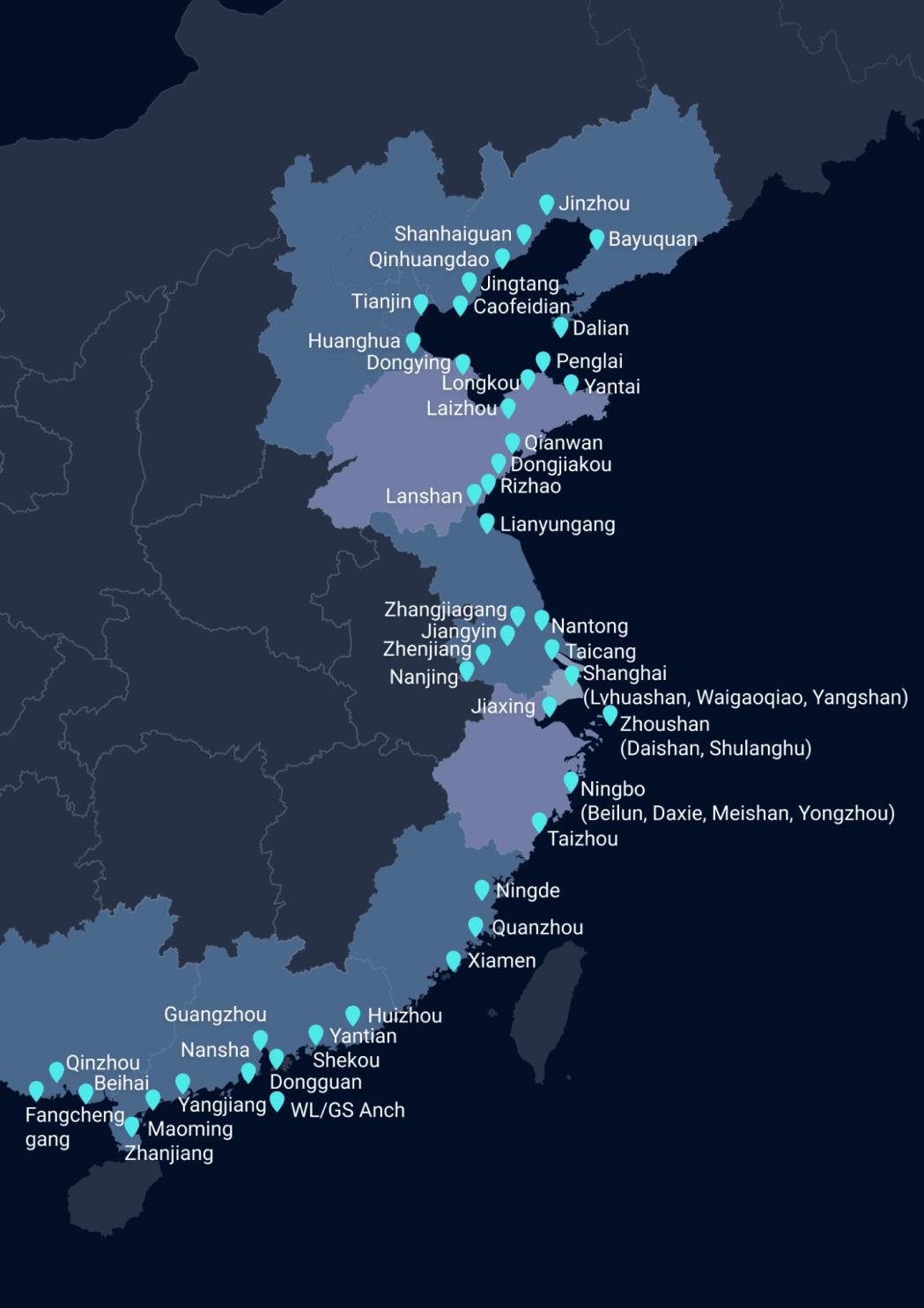Recently, the “ONE Trust” ship was fitted with a wind deflector at the bow, which is said to reduce fuel consumption by about 2%. Currently, the company’s “ONE Tradition” is also undergoing such a retrofit. In the shadow of severe overcapacity, the strong implementation of the Carbon Intensity Indicator (CII) and the European Union Emissions Trading System (ETS), millions of existing ships, with the exception of a few small ones being sent for dismantling, have no choice but to install energy-saving equipment and adopt various measures to minimize operating costs and carbon emissions.
01-Ongoing Challenges
There are generally considered to be four ways to cope with the potential cost losses caused by the CII and ETS: slow steaming, using alternative fuels or new energy technologies, retrofitting ships, and hull cleaning.
Of these, slow steaming is the simplest. However, due to the fact that speeds have been reduced significantly over the past 10 years, many shipping companies say that further reductions are not a viable solution.
Moreover, to achieve significant long-term reductions, it is necessary to carry out supporting modifications to ship systems and equipment, which would bring new operating costs.
Alternative fuels or new energy technologies are still in the research and development stage, and it is difficult to meet the commercial operation needs of ships in the short term. Clarksons Research shows that only about 5% of existing ships globally can use fuel alternatives. Under such circumstances, retrofitting ships becomes particularly important. However, whether it is windshields, Flettner rotors, or air lubrication systems, their emission reduction efficiency is relatively low. Moreover, due to the high cost of installing energy-saving equipment, 4/5 of ships have not been retrofitted.
In view of this, the energy-saving and carbon reduction dilemma for existing fleets will persist for quite some time.
02-Shipping companies: Only struggles for CII and ETS
At the inception of the CII, 35% of ships were rated as non-compliant. As the fleet ageing and the CII standards become increasingly stringent, more and more ships will be required to develop corrective plans and face greater risks of detention during PSC inspections.
Additionally, starting in 2024, shipping companies operating on European Union routes will be required to pay performance costs for their ships’ carbon emissions. Failure to comply with the quota gap will result in fines, and ships that fail to comply for two consecutive years may be prohibited from entering EU ports.
Although orders for LNG and new/dual-fuel ships have been steadily increasing in recent years, the uncertainty of future fuel technology and regulations, coupled with continuously upgrading IMO environmental requirements, has led shipping companies to prolong the lifespan of older ships and purchase more second-hand ships to reduce long-term operating costs and risks by leveraging their lower capital values.
Therefore, while existing ships have inherent shortcomings in carbon emissions, most shipping companies have no choice but to struggle to reduce emissions from their current ships.
03-Are there better solutions?
What operational measures can ships take to reduce carbon emissions? IMO’s official response to this question is to reduce navigation resistance by cleaning the ship’s hull.
Biofouling attached to the hull can significantly increase navigation resistance, causing serious fuel consumption and carbon emissions problems. An IMO report shows that the carbon emissions of a medium-sized container ship can be reduced by 25% after removing marine organisms from half of the hull.
In the face of enormous emission reduction pressure, hull cleaning is an important breakthrough for the industry to take measures. Particularly, efficient and convenient underwater robotic hull cleaning has gradually become a widely accepted and massively adopted solution in the industry.
Neptune Robot Ship Inspection and Cleaning is not limited by factors such as time, wave flow, weather, and underwater visibility. It can efficiently remove attached marine organisms and dirt layers while the ship is loading and unloading cargo, without damaging the ship’s paint. The operation covers ports and anchorages in North China, East China, and South China, including turbid waters such as the Yangtze River estuary and Ningbo-Zhoushan.
Currently,Neptune has serviced hundreds of large ships, helping ship operators including the world’s top 5 ship owners to save fuel consumption and reduce carbon emissions. In addition to global/regional mandatory measures such as CII and ETS, carbon emission regulations for shipping activities in various countries’ territorial waters will also have a significant impact on the operation and development of existing fleets. Shipping companies must utilize every method available to cope with the increasingly strengthened pace and measures of carbon reduction. After all, in this green and environmentally friendly trend, falling behind will lead to being left far behind.
